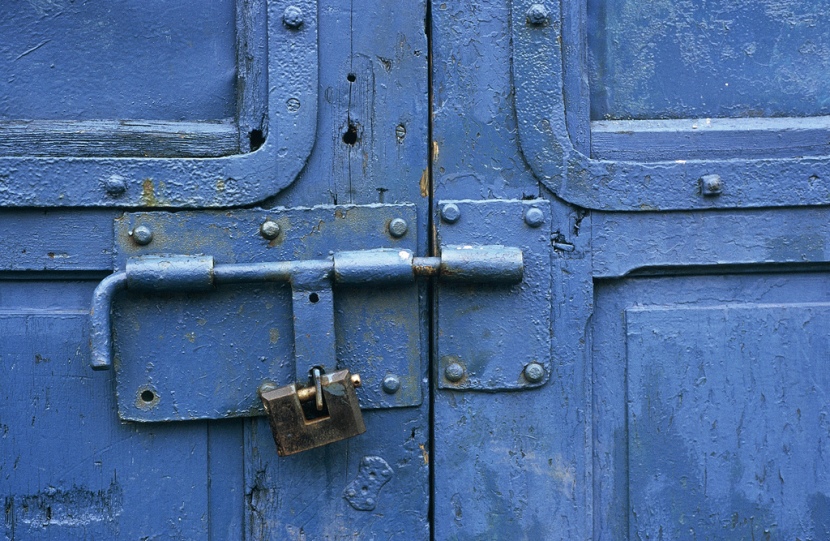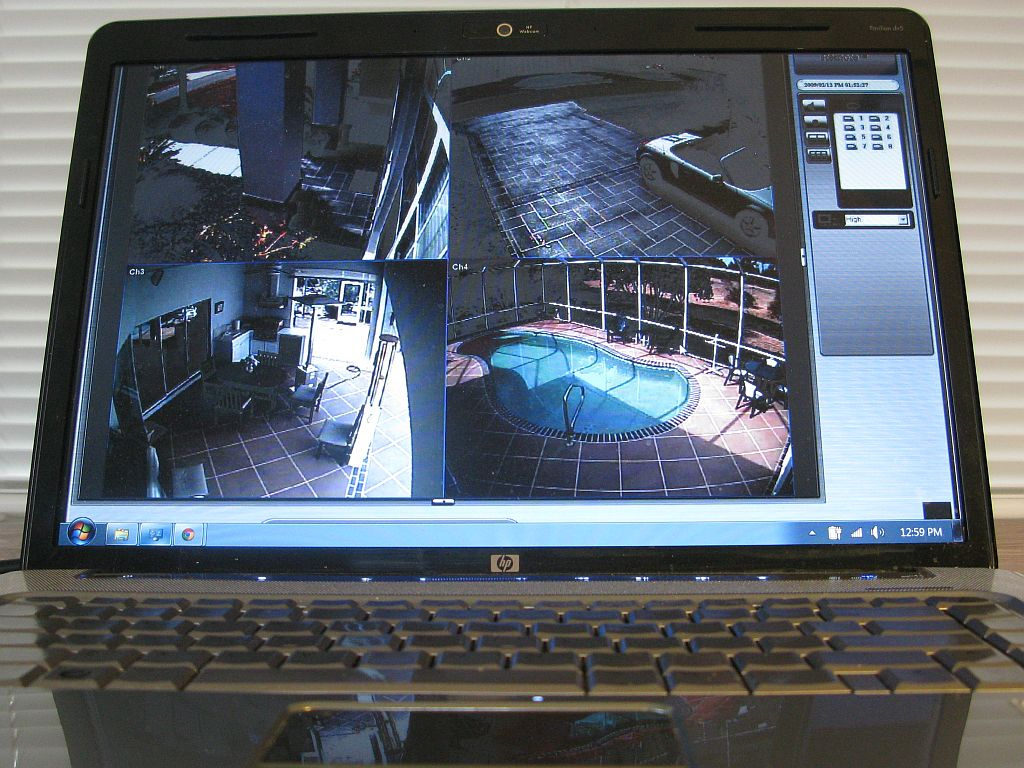Garage Security Tips: 17 Ways To Protect Your Garage From Burglars

The most susceptible point of entry to your home frequently turns out to be the attached garage. Often, many people simply forget to lock the access door to the house once the garage door has automatically closed behind them. Your garage isn’t just a point of access to your home and family, though — there’s usually some pretty pricy stuff stored in there as well.
A simple calculation of the cost of replacing that stuff (which may or may not include motorcycles, a boat, some racing bikes, power tools, camping gear, lawn maintenance tools and snow removal equipment), and it becomes obvious why your garage security should be top notch. Not to mention garage security as well as these other 12 garage upgrades can increase the value of your home!
Speaking of feeling secure, be sure to check out this article if you need help selecting an garage cabinet installer you can trust!
The Most Vulnerable Room In Your Home
Kevin Raposo at SimpliSafe calls the garage “the most vulnerable room in your home.” Not only is it usually unoccupied, it’s also full of “re-sellable items.” The double whammy means that burglars have all the time they need to find and remove anything of value, with some even backing a van to the garage entry and loading it full of larger items.
Common sense goes a long way to keeping your garage secure: This includes keeping the garage door closed at all times and making sure to lock the access door to your home. HowStuffWorks suggests that you “install a peephole in the door separating the house from the garage” so that you can see the garage interior without opening the door in the event you hear sounds coming from the garage.
While You’re On Vacation, Burglars May Be Fishing
When you’re away on vacation, Allan from ProtectionPlus says it’s time to engage a lock that impedes the garage door from moving either up or down. He adds that “you can even go as far as unplugging the garage door opener power cord.” The benefit of “both of these methods [is that they also] prevent the use of a stolen remote opener or the use of a spoofed signal.”
The reason that unplugging the opener isn’t always enough in and of itself, says Family Handyman, is that it doesn’t prevent “fishing,” a technique by which burglars. Fishing involves reaching through a gap at the top of the garage door with a simple wire hook, which can activate the emergency release mechanism and open the door. If your door doesn’t have a lockable latch, there’s a DIY fix: “Drill a hole in the track just above one of the rollers” — that way, you can slip in a padlock.

The physical lock will also protect your garage from thieves who use what are called code-grabbers, devices that “record the radio signal from your remote to the opener,” allowing them to “open your garage door as easily as you can. Some manufacturers use ‘rolling code’ technology for door openers that sends a new signal each time the remote is used,” and HomeSecurityAdvice says you should also: “Upgrade your garage door opener to a newer model and thwart the thieves that cruise around randomly clicking on a remote trying to get lucky.”
Real estate broker Peggy Hill concurs, saying that “a padlock on the inside of your garage door when going out of town” is a good deterrent to would-be thieves. She agrees with a standard bit of advice about installing frosted or obscured glass garage windows (or at least putting up curtains) if you must have windows at all, saying that it not only keeps people from seeing the items stored inside, but also whether or not your vehicle is gone.
‘Old School’ Garage Doors and Service Doors

Even an “old school” garage door, one that’s made from wood or metal and that you haul open yourself, should have good locks for security. If you’re not ready to upgrade the door, you can learning how to properly install garage door bolts on this Ultimate Handyman step-by-step video.
Many garages have entry doors that you walk through (also known as service doors), and they should be treated “just like any other exterior door in your house.” In fact, Family Handyman calls that door “the No. 1 security weak spot in most garages” and says “it should be equipped with a deadbolt and a heavy-duty strike plate.”
Make sure that you know how to reprogram your garage door remote in the event that it’s been stolen or lost. Check out the how-to article from the people at DoItYourself, and remember that a remote kept under your car visor is easy for a thief to grab. Replace it with a keychain remote, and you’ll have it with you at all times.
Bonus Tips and Documenting Inventory

Other steps you can take to enhance your garage security include:
- installing sensor flood lights around your garage
- putting steel mesh on any windows
- upgrading to a self-closing door system, and/or
- using a smartphone app to tell you whether you’ve left the garage door open (again)
- installing GPS trackers and etching serial numbers on expensive equipment
- disabling vehicles to make them difficult to move
As Paul Janzen at J.MacDoors says: “Implementing all these steps may not turn your house into a fortress, but it should be enough to make any thief move on to an easier target.”
Don’t forget to regularly update pictures and a detailed inventory of your valuables for your insurance company, including the date of purchase, brand, model, serial number and current replacement cost of each item, in the event of theft or damage. A spreadsheet should suffice, but as Elizabeth Harper says on Techlicious, there are also apps provided by insurance companies that make inventory creation “a snap.”
Images:
Michał Kasprzak / Flickr
David Goehring / Flickr
IntelFreePress / Flickr
konarheim / Flickr
